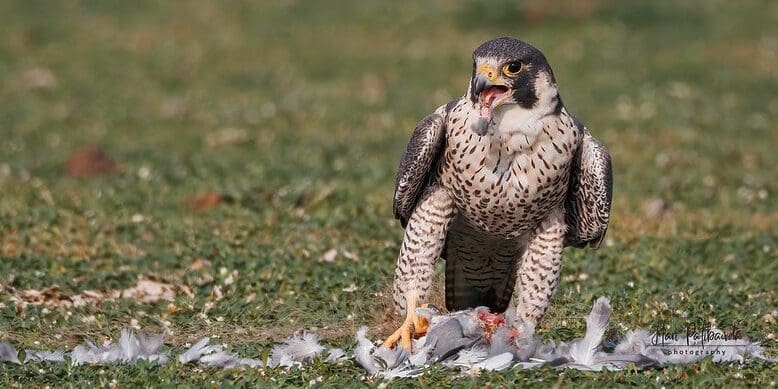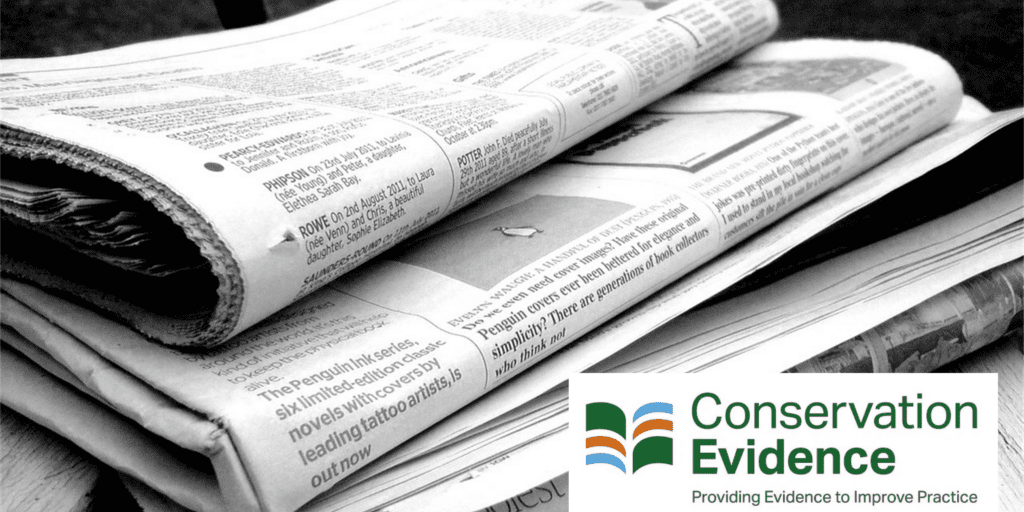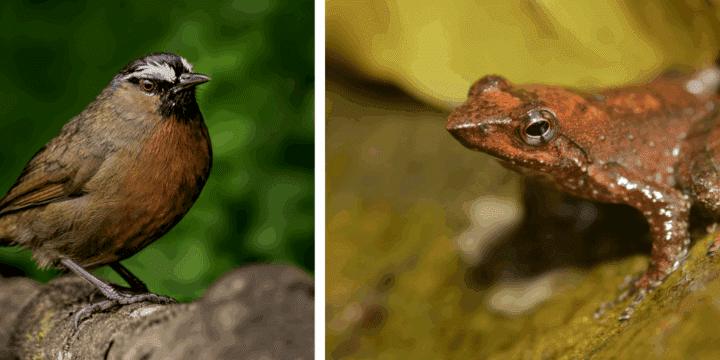Creating a global evidence map for animal management in zoos
This blog post was written by Dr Andrew Bowkett, Conservation Projects & Partnerships Manager, Wild Planet Trust.

A groundbreaking research partnership between Conservation Evidence and Wild Planet Trust has produced the world’s first comprehensive evidence map for zoo animal management. The six-year collaboration with a host of zoo experts represents one of the most ambitious undertakings in modern zoo research, starting a process that could transform how endangered species are cared for across the globe.
With many threatened species reliant on zoo breeding programmes, and at least 35 animal species extinct in the wild, the timing of this research could not be more critical. Yet until now, many animal care decisions are made without ready access to the available scientific evidence, a gap this project aims to bridge using the methods and platforms developed for the wider field of nature conservation by Conservation Evidence.
This collaborative research project was initially led by Dr Anaëlle Lemasson as Zoo Evidence Officer at Wild Planet Trust, with Dr Tom Martin taking over in 2022 and continuing the work while at the University of Bangor. Other researchers involved are based at universities of Cambridge, Plymouth, Birmingham, Hartpury, Nottingham Trent and Kyoto. Our team was also supported by an international advisory board of 26 zoo science experts. Our work has just been published in the Journal of Zoo and Aquarium Research.

This project was a massive undertaking! Our team scanned 27,705 articles across 45 academic journals, analysing over 1,000 scientific investigations covering 637 different animal species across 516 institutions in 69 countries. The resulting database catalogues evidence for 424 specific management interventions. Users can, for example, see which studies tested each intervention (if any), where these studies were carried out, on what species, and what outcomes they measured.
The findings reveal both progress and persistent gaps in zoo science. While at least some scientific testing exists for 90% of identified zoo practices, many interventions have only minimal research supporting them—highlighting areas where further investigation is desperately needed.
Some areas of husbandry (e.g. diet modification and enclosure enrichment) were better studied than others (e.g. animal behaviour management and visitor management). Clear biases were observed in the taxonomic focus of studies, with most focusing on mammals (65% of included studies). One major limitation of the project was focusing on just English language journals, with most evidence being generated from institutions in Western Europe, North America, and Australia (77% of included studies).

The next steps are to summarise and assess the evidence for each action to expand the existing Management of Captive Animals synopsis and make it freely available to decision makers on the Conservation Evidence website (current synopsis available as a pdf and to search). The project was funded by the British and Irish Association of Zoos and Aquariums, of which Paignton Zoo is a member, and the partners are seeking further funding to summarise and evaluate the evidence for particular groups of species.
For Wild Planet Trust, as the charity that runs Paignton and Newquay Zoos, the project represents a significant contribution to global conservation research. The database will be accessible to practitioners in zoos and aquariums worldwide, ensuring that the best available knowledge reaches those working on the frontlines of species conservation.



